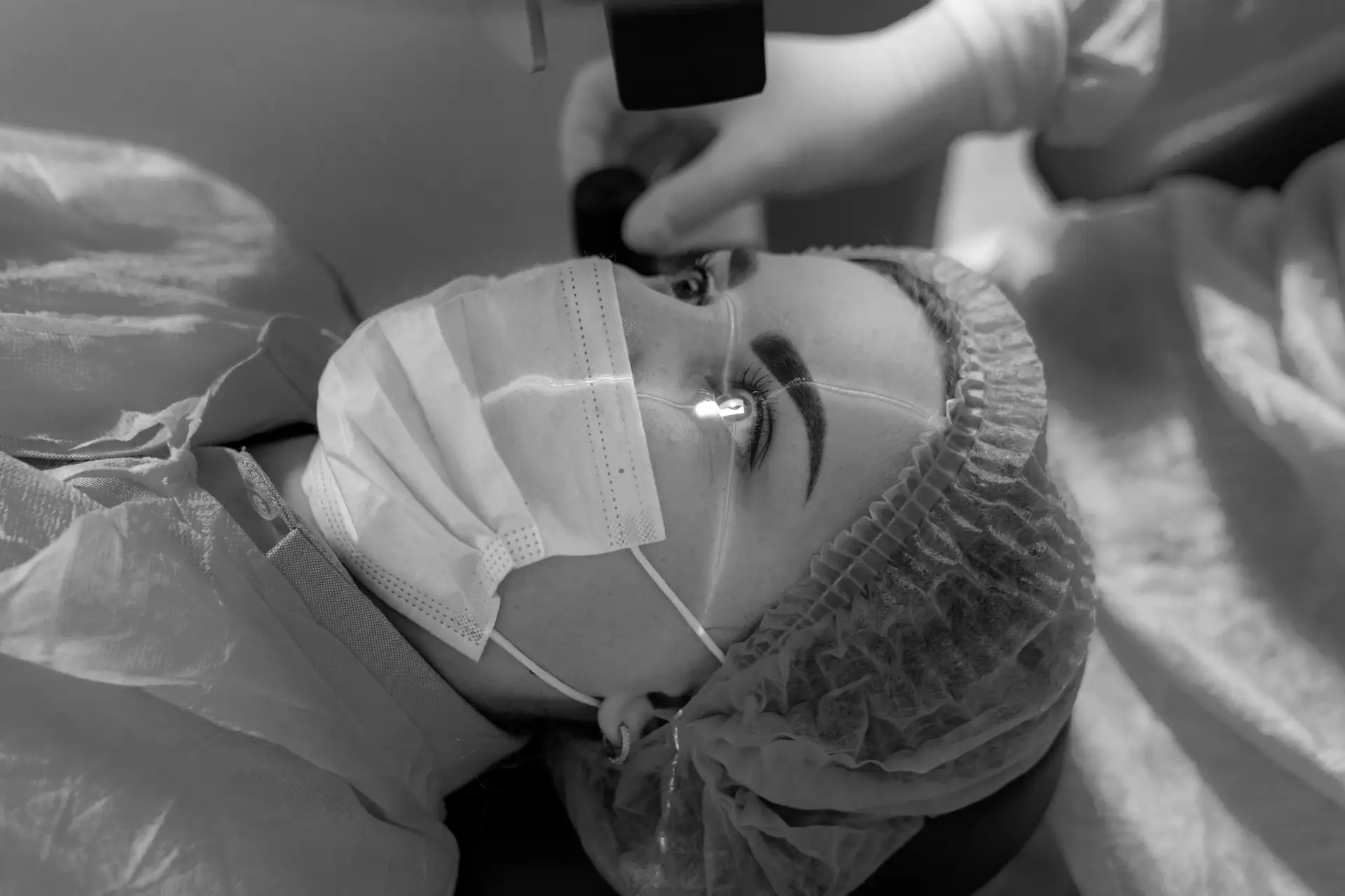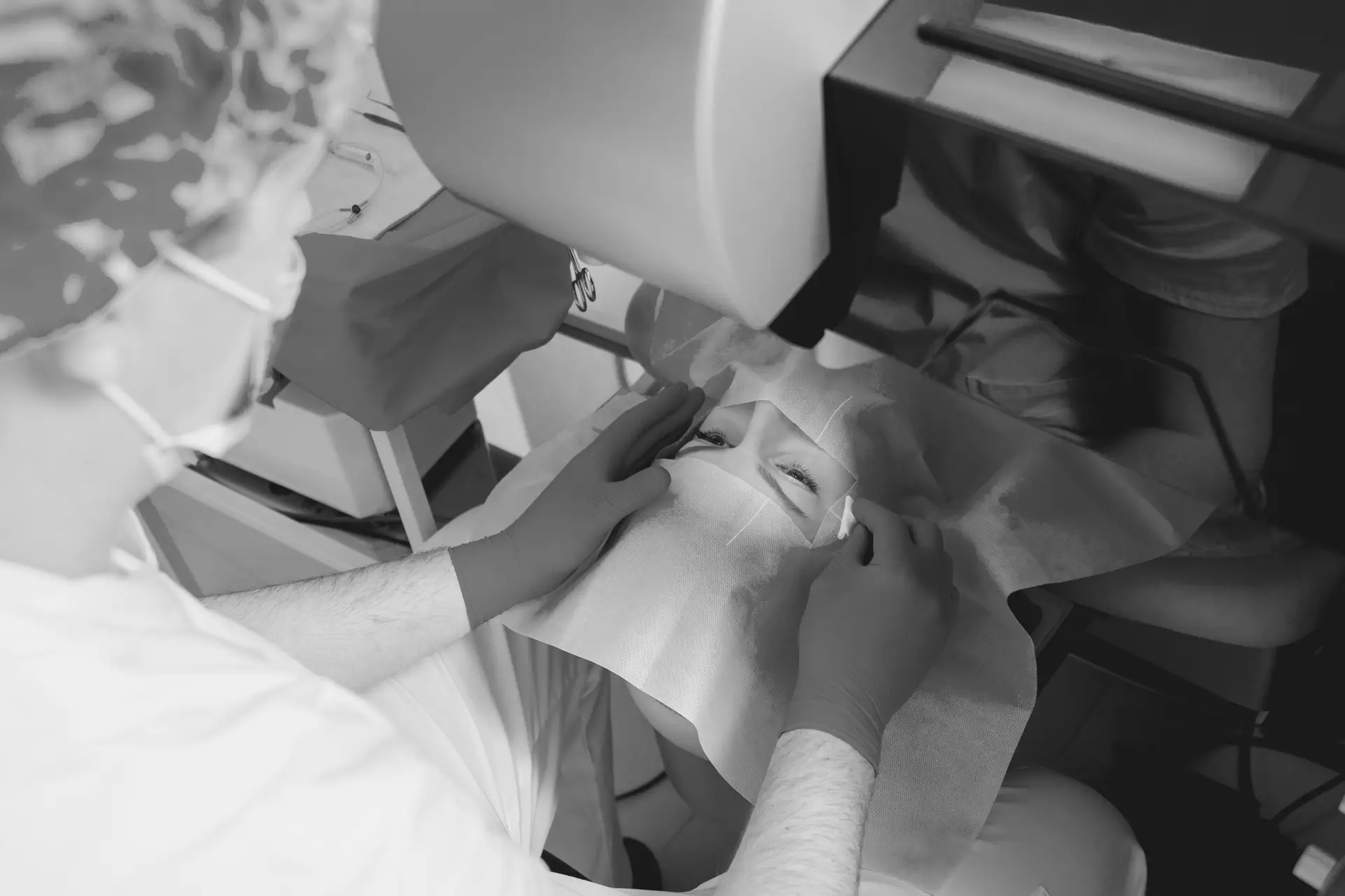PRK Surgery in Scottsdale, AZ
PRK is a popular LASIK alternative designed for patients with astigmatism, hyperopia, or myopia who want to improve their vision but don’t qualify for LASIK due to thin corneas. Schedule a consultation with Dr. Arora to see if this laser vision correction procedure is right for your eyes.
What Is PRK?
Unlike LASIK surgery which creates a corneal flap in the cornea’s outer layer, PRK uses a femtosecond laser to remove that outer layer completely. The laser then reshapes the cornea to improve visual clarity. Dr. Arora then places a clear protective bandage—similar to a contact lens—on the eye to alleviate discomfort and allow the cornea’s outer layer to grow back.
What to Expect During & After Surgery
PRK surgery typically lasts about 10 minutes, with the laser portion lasting a mere 10 seconds. Patients remain awake and alert during the procedure. This procedure is associated with a low risk of complications and offers a more personalized approach to vision correction. Keep in mind that while PRK surgery reduces the need for prescription lenses, it may not eliminate the need entirely.

Is PRK Surgery Painful?
PRK surgery utilizes numbing drops to prevent the eyes from experiencing any pain or severe discomfort. Patients may experience mild discomfort and blurry vision during the first few days of the healing process.
Why Choose PRK Over LASIK?
Patients who suffer from blurry vision due to astigmatism, hyperopia, or myopia but have corneas that are too thin for LASIK surgery are ideal PRK candidates. This vision correction procedure is characterized by a high accuracy level and minimal eye trauma. While the healing time for PRK can be slightly longer than that for LASIK, the visual results are similar.

Scottsdale’s Trusted PRK Provider
Dr. Arora specializes in complex surgical approaches and refractive surgery techniques, including PRK. If you don’t qualify for LASIK but want to achieve clear vision, schedule a consultation to see if PRK is right for you. We’re happy to walk you through your options and discuss any questions or concerns.




